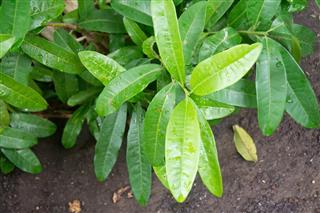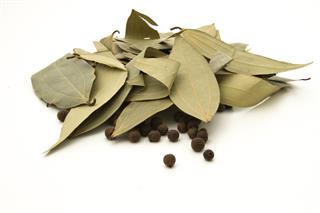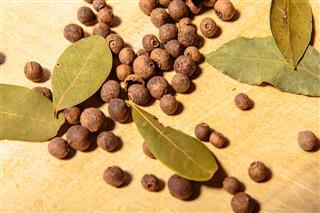
Are you looking for some information related to the allspice tree? The following article will help you with some tips related to this tropical, evergreen tree.
You must have heard about the culinary uses of allspice in European cooking. It is an important ingredient for cooking pates, terrines, smoked meat, canned meat, pickles, marinades, soups, game recipes, and English spiced beef, and can be used as a substitute for cinnamon, cloves, and even nutmeg. If you want to use a substitute for this spice, you can use one part nutmeg with two parts of cinnamon and cloves.
Overview
The scientific name of allspice is Pimenta dioica. Also known as Jamaican pepper, it is an evergreen, small to medium-sized tree. There are frilly flowers that are produced in clusters that become small berries. These small berries ripen into berries that are purple and black in color, which contain one or two large seeds that are used to produce allspice. The leaves and barks of the tree have a distinctive scent. It is native to the rainforests of South and Central America . There are many plantations spread throughout Mexico and Central America, however, the finest crop comes from Jamaica, as the climate and soil of the country are best suited for this tree.
The berries are dried and look like large brown peppercorns. Unripe berries are harvested and sun-dried. When the seeds in them tattle, they are kept in the sun. Dried berries are used whole or ground. They have a pungent aroma that feels like a combination of nutmeg, clove, cinnamon, and ginger. Their flavor is warm and a bit pungent with a sweet hint.
How to Grow it
It can grow well in tropical areas. It is mostly propagated by seeds. While planting, you need to space them out by at least 30 feet. This is to allow the full canopy to spread. You need to make sure you plant male and female trees nearby to encourage cross-pollination. This is important because only female trees bear fruit and produce berries. You need to plant the tree in an area that receives light for about 40% of the day. Trees require less light and will flourish well. However, you need to give the saplings more light to keep them healthy.
The tree needs loose and well-moistened soil. You need to add some tropical plant fertilizer and use plant food every 3 to 5 weeks. You should water the tree well and do so especially when the surface seems dry. You need to prune the tree in spring and summer. You can grow it outdoors till it reaches about 40 feet in height. Indoor trees need to be pruned annually to maintain its indoor growing space.
The tree bears fruits when it is about 3 years old, and blooms flowers between June to August. The berries are produced shortly after the blooming period. Once the berries are full-sized but unripe and green, you need to harvest them. You should break off small branches of berry clumps and dry the berries in the sun or oven till they are dark reddish-brown in color. It is important to harvest unripe berries as the aroma of allspice evaporates as the berries ripen. The cuttings of home-grown trees are rarely successful.
The tree can live for up to 100 years and it is difficult to grow it in non-native areas. If you are able to grow the tree in your garden, then you can enjoy the delicious fragrance of these trees all year round.







